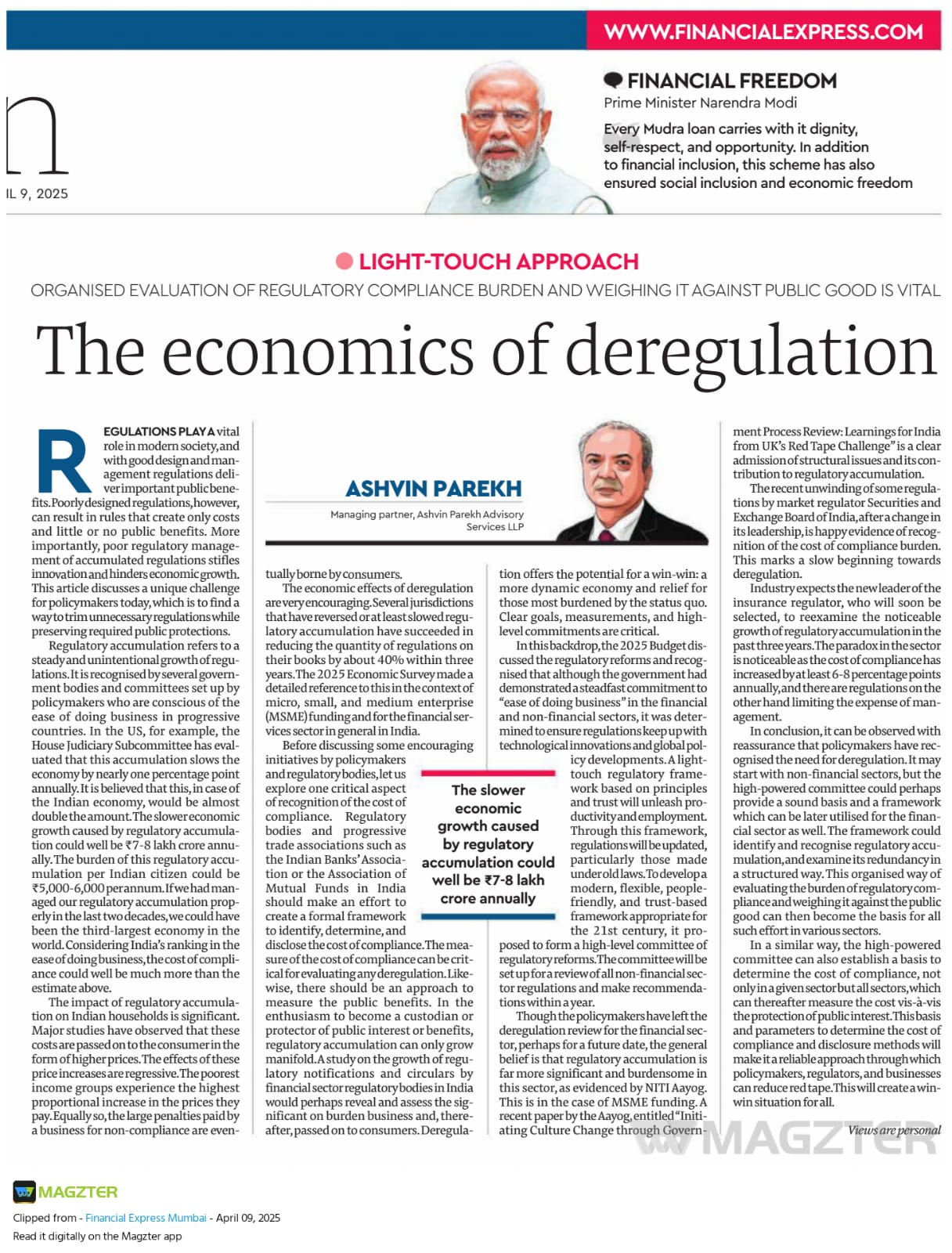by APAS Team
Share
by APAS Team
Share


RBI monetary policy
The Reserve Bank of India (RBI), during its monetary policy, surprised investors by maintaining a standstill on key interest rates and retaining an accommodative monetary stance, decoupling itself from other central banks rowing back on easy policy. This was to support the uneven economic recovery in the wake of the Covid pandemic. It kept durable economic growth revival as priority ahead of its primary mandate of price stability as Covid scars in the economy are yet to heal.
The RBI kept the repo rate unchanged for the tenth time in a row at 4%. What surprised most economists and participants was the RBI retaining the reverse repo rate at 3.35%. A hike in this rate would have meant that the RBI wanted to absorb more money, or liquidity, from the banking system and would have signalled the start of the reversal of the monetary policy cycle, that would eventually lead to a rise in rates.
Globally, central banks have been tightening the monetary policy to control inflation. In the US, Federal Reserve Chairman Jerome Powell signalled last week that the US Federal Reserve would begin steadily raising interest rates in mid-March. The Bank of England raised interest rates to 0.5%. In Brazil, the central bank recently increased its benchmark interest rate by 1.5% points to 10.75% and signalled another increase at its next meeting. The European Central Bank kept its key interest rates unchanged, but it left the door open to an interest rate increase later this year.
Bonds and stocks rallied on the likelihood that monetary policy will not tighten immediately. The Monetary Policy Committee (MPC) decided by a majority of 5-1 to continue the accommodative stance as long as necessary to revive and sustain growth on a durable basis and continue to mitigate the impact of Covid-19 on the economy, while ensuring that inflation remains manageable.
Post the announcement of the monetary policy, the nervousness that had set into the interest rate market has cooled off. This is important as the government’s borrowing cost should not rise too sharply, given that the government has a huge borrowing programme to finish in FY23. A floor has been achieved on the interest rates, but the RBI’s policy pronouncement would ensure that interest rates do not rise sharply.
Behind the RBI decision to not hike rates is also its outlook on inflation for the next financial year. Despite crude oil prices rising over USD 90 per barrel, it has projected a lower retail inflation level of 4.5% in the next fiscal year 2022-23, as against the inflation forecast of 5.3% for 2021-22.
Higher oil and commodity prices remain a key risk to inflation. According to estimates, a USD 10 per barrel increase in the price of crude could increase consumer price inflation by 35 basis points.
The RBI has projected real GDP growth projection at 7.8% for 2022-23. The real GDP growth at 9.2% for 2021-22 takes it modestly above the level of GDP in 2019-20. But the projection is marginally below the lower limit of the band of 8-8.5% in the Economic Survey of 2021-22 and well below the IMF’s forecast of 9%.
The MPC noted that the recovery in domestic economic activity is yet to be broad-based, as private consumption and contact-intensive services remain below pre-pandemic levels. The RBI has also extended the on-tap liquidity schemes to contact-intensive sectors, which will allow them to get access to credit at slightly lower rates.
Going forward, the outlook for the Rabi crop bodes well for agriculture and rural demand. The impact of the ongoing third wave of the pandemic on the recovery is likely to be limited relative to the earlier waves, improving the outlook for contact-intensive services and urban demand.
The announcements in the Union Budget 2022-23 on boosting public infrastructure through enhanced capital expenditure are expected to augment growth and crowd in private investment through large multiplier effects and maintaining the repo rate is in line with the expectation that the benefit seen by the corporate world would translate into increased capital infusion aiding the dis-investment plans of the government. This is a good synchronization of the government plans and RBI’s monetary policy.
The pick-up in non-food bank credit, supportive monetary and liquidity conditions, sustained buoyancy in merchandise exports, improving capacity utilisation and stable business outlook augur well for aggregate demand. Global financial market volatility, elevated international commodity prices, especially crude oil, and continuing global supply-side disruptions pose downside risks to the outlook.
COVID-19 continues to impart some uncertainty to the future outlook. Measures announced in the Union Budget 2022-23 should boost aggregate demand. The global macroeconomic environment is, however, characterised by deceleration in global demand in 2022, with increasing headwinds from financial market volatility induced by monetary policy normalisation in the systemic advanced economies (AEs) and inflationary pressures from persisting supply chain disruptions.
This was the first policy of the calendar year and perhaps sets the tone for the rest of the year. If that is the case, the RBI is likely to follow a gentle approach to the normalization and ultimately, withdrawal of monetary support, unlike Western central banks that have switched to an aggressive mode. Due to heightened uncertainty, the monetary policy will largely remain data-driven. The RBI will have to keep its eyes peeled for price trends, which have, so far, surprised on the upside in many economies.
Harsh Mirpuri
STAY IN THE LOOP
Subscribe to our free newsletter.
The slower economic growth caused by regulatory accumulation could well [...]
Navigating the Future of Consulting: The Role of Digital Transformation [...]
HDFC Bank Completes Merger, Forging a Financial Powerhouse and Global [...]



